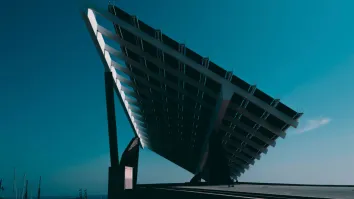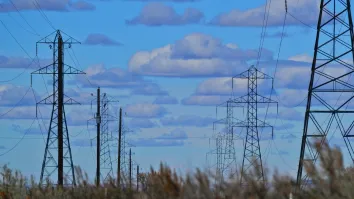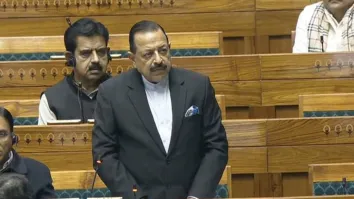What you don't know about the Ring of Fire
By William Byun & Philipp BarrageBandung 1955, the Non-Aligned Movement, Sukarno, Nehru, Tito, Nasser, etc. – like leaves from a sepia photo album faded as time moved on. Yet in the interconnected global economy where international investments and financing routinely ignores borders, is there room to dust off the “South-South” paradigm for energy development? Especially in a sector such as renewable energy where the challenge and risk profiles are similar along a “South-South” axis, there may yet be some juice left in that old model.
Renewable energy in emerging markets Asia, especially ASEAN, has gone through several periods of wrestling, from a statist driven model, to a public-private partnership (PPP) flirtation, to an incentive PPA concession system. Governments have changed, the models rotated, payments crises come and gone (including legal challenges against utilities such as PLN during the IMF Crisis of 1997), but through all of such changes, has been the steady long-term constant pressure of economic and population growth driving the increasing need for additional power generation.
Short-focus fixes were to simply add more thermal capacity, either through coal or worse, heavy oil driven electric power generation. The longer-focus has been baseload-sized capable renewables such as from hydro and geothermal. Especially along the “Ring of Fire” around the Pacific Rim such as in Indonesia, Philippines and Japan, geothermal energy development provided a focal point for trying to work together amongst the private and public sectors in putting on the ground a highly front-loaded risk generation silo such as geothermal.
Geothermal is such a “baseload sized” renewable since plants often could be of a sufficiently large enough sized units (100MW or thereabouts) to be able to utilized development and financing approaches in common with fossil fuel power generation units. However, it is a particularly frightening renewable in that the risk profile is extremely front-loaded. It is very similar to oil & gas exploration whereby geology needs to be assessed and finally, expensive drilling holes need to be sunk at USD 4 million or so per hole, with crossed fingers that steam has hit.
In adjusting to address such geothermal specific challenges, otherwise emerging economies such as the Philippines and Indonesia are mature in terms of geothermal experience and expertise, and regionally, emerging Asia for geothermal now extends to areas further afield such as Papua New Guinea and Myanmar.
However, the Ring of Fire does extend across the Pacific. Like ASEAN, Central America has very strong renewable energy potential, enough to drive their entire grid and demand growth. However, for similar short-focus policy, the region’s generation profile has become even increasingly more coal and oil driven, although such fuels are expensive foreign imports. As a result, the cost of renewable energy, is actually quite competitive with such imported oil-fired plants and even the imported coal plants – even without taking into account any non-economic externalities. In other words, renewables can compete in terms of cost such as at the 8~9 cents per kwh that geothermal costs would be in that region (as opposed to 10~11 cents per kwh for coal and 12~14 cents per kwh for fuel oil). Yet of a geothermal potential of up to 5~10,000 MW, less than 500MW has actually been built out. (That this number is uncertain itself reflects the lack of comprehensive data on the potential).
Unfortunately also like emerging Asia, Central America shares the same profile of great renewable energy potential mixed in with past fitful and fickle development policies, underdeveloped legal frameworks and weak government finances, all pressured along by rapidly growing populations and economic growth demand – is also present such as in the geothermal sector in Central America. Emerging Asia (“South”) has overcome the challenges, could it now reach out to Central America (“South”), not just in shades of geopolitical solidarity, but in terms of exploitable investment opportunities?
For geothermal, there are many such lessons and experiences from Asia which could be brought over to Central America to help further development of its geothermal sector. There are many examples. Like Japan, a regional risk mitigation fund could be set-up. Like Indonesia, a comprehensive resources survey could be provided (as yet, a lot of the Central America resources estimates are preliminary as the geological survey works have not been done in detail). Like the Philippines, a specific regulatory framework of investment, tax and tariff inducements specifically for geothermal could be instituted.
Emerging markets geothermal is not just about technical and technological challenges. It is not like the US or Iceland or other stable developed economies in terms of the spectrum financing solutions and legal frameworks. However, with the experience of developing geothermal within the regional emerging economy challenges of ASEAN, coupled with the significant financial resources from within Asia itself such as from China for investment, a natural bridge to Central America to utilize its renewable energy potential and investment opportunities such as in the geothermal sector, makes cold-business “South-South” sense.




















 Advertise
Advertise






